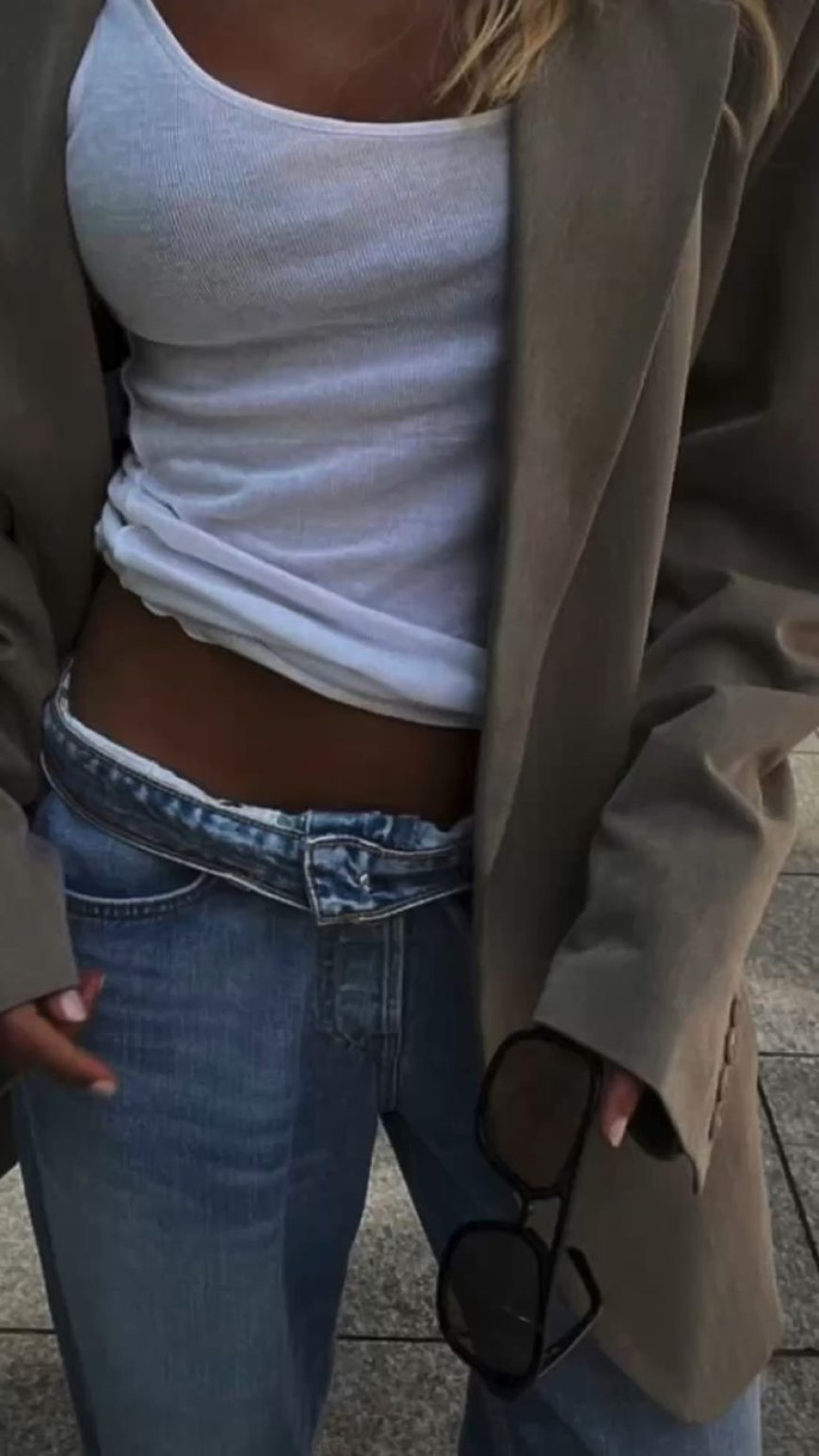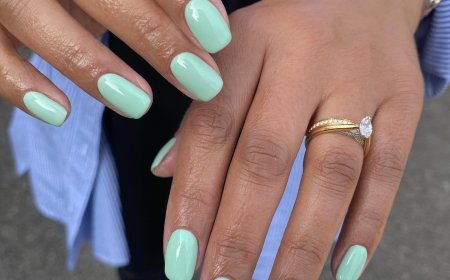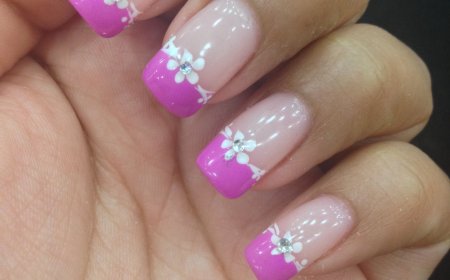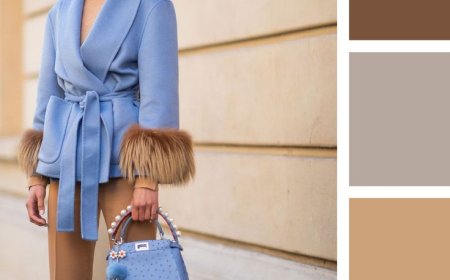What Is Stockholm Style? The Scandinavian Fashion Aesthetic Explained

The realm of fashion regularly undergoes transformation, notably with the emergence of distinctive aesthetics that encapsulate cultural nuances. One such aesthetic that has garnered interest is Stockholm Style, inherently tied to the broader genre of Scandinavian fashion. This article aims to elucidate the idiosyncratic characteristics of Stockholm Style, exploring its origins, influences, and how it differentiates itself from other global fashion trends.
Stockholm Style envelops a harmonious blend of simplicity, functionality, and understated elegance. Rooted within the ethos of Scandinavian design principles, this fashion philosophy transcends mere clothing, influencing lifestyle choices and personal expression. The Scandinavian cultural backdrop, replete with a deep appreciation for nature and minimalism, plays a pivotal role in shaping this aesthetic.
The inception of Stockholm Style can be traced back to the mid-20th century, amidst a burgeoning interest in modernist design. One of the prevailing ideologies was to create a balanced coexistence between form and function. The style evolved post-World War II, during a time when commentary on consumerism and sustainability began gaining traction. This fashion approach advocated for quality over quantity, deliberately steering away from the over-consumerist tendencies of other fashion hubs like Paris or Milan.
Through a multifaceted lens, Stockholm Style reflects a national ethos that champions simplicity without sacrificing detailed craftsmanship. Establishing an identity that resonates with authenticity, the wearers of this style often embrace a curated wardrobe composed of timeless pieces, rather than transient fast-fashion trends. This selective approach emphasizes the importance of individual expression, where personal narrative intertwines with sartorial choices.
A cornerstone of Stockholm Style is its alignment with sustainable practices. The Nordic region has become synonymous with environmental awareness, and fashion in Stockholm is no exception. The emphasis on sustainable fabrics, ethical sourcing, and conscious consumerism signifies a paradigm shift in how the fashion industry operates. Such considerations have led to the emergence of local brands that espouse ethical production while maintaining high aesthetic standards.
At the heart of Stockholm Style lies a color palette characterized by muted tones and earthy hues. Shades like soft greys, deep navy blues, and warm browns echo the stunning natural landscapes of Scandinavia. The fusion of these colors allows for versatility, enabling myriad combinations without overwhelming visual complexity. This deliberate choice of colors significantly contributes to the cohesive identity of Stockholm Style, allowing individuals to express themselves authentically without resorting to ostentatious displays.
Another integral component of Stockholm Style is the emphasis on layering. The intricacies of the Scandinavian climate necessitate a wardrobe that offers both comfort and adaptability. Layering enables transitions from day to night, encapsulating various activities without compromising style. Scarves, cardigans, and oversized outerwear are staples within this aesthetic, allowing for experimentation while maintaining warmth and practicality.
In exploring the influences that shape Stockholm Style, one must consider the historical and cultural context of Sweden. Traditional craftsmanship has long been valued, with artisanal skills passed down through generations. This appreciation for craftsmanship is evident in the garments that feature meticulous tailoring and thoughtful design. Designers tend to favor natural materials such as wool, linen, and organic cotton, which not only embrace sustainability but also contribute to an enduring quality.
Moreover, the burgeoning influence of street style culture has further propelled the popularity of Stockholm Style. International events, fashion weeks, and social media platforms have enabled Swedes to showcase their unique blend of casual and sophisticated aesthetics. Known for their impeccable taste, individuals in Stockholm frequently invoke a feeling of effortless cool, inspiring fashion enthusiasts worldwide to adopt similar principles in their wardrobes.
The role of accessories in Stockholm Style cannot be understated. Accessories serve as essential touchpoints that elevate simplicity into sophistication. Minimalist jewelry, structured handbags, and handcrafted footwear play vital roles in completing the understated silhouette. Emphasizing the doctrine of "less is more," Swedes often choose accessories that reflect their personal style while harmonizing with their overall look.
As one examines the burgeoning market of Stockholm Style, a multitude of emerging brands have crystallized distinct identities that embody this aesthetic. Renowned designers such as Acne Studios and Filippa K have taken the international stage, pioneering contemporary Scandinavian design principles. These labels prioritize versatility and wearability, challenging fashion norms while reinforcing the importance of authenticity within the wardrobe. Additionally, the allure of independent local designers has grown, with many incorporating traditional techniques into modern contexts that resonates with a global audience.
The convergence of technology and fashion within the framework of Stockholm Style has also gained traction, with many brands utilizing innovative approaches to enhance the shopping experience. Online platforms allow for global accessibility, extending the influence of Stockholm Style beyond its geographical boundaries. This digital transformation augments the phenomenon, enabling a wider audience to engage with the Scandinavian aesthetic.
In recent years, there has been an increase in digital communities and social media groups centered around Stockholm Style. The democratization of fashion through these platforms permits individuals to interact, share inspirations, and cultivate a collective style. In doing so, the established perception of exclusivity closely associated with high fashion has been systematically dismantled. Fashion is now recognized as an avenue for personal storytelling, creating a deeper connection between individuals and their sartorial choices.
Ultimately, the allure of Stockholm Style lies not solely in the garments themselves but in the ethos and narrative it carries. It implores individuals to rethink their participation in fashion, prompting a shift in perspective that holds sustainability, creativity, and authenticity in high regard. As it continues to evolve, the principles weaved into the very fabric of Stockholm Style signal a promising trajectory for the ideation of fashion and personal expression. The ongoing dialogue surrounding this aesthetic only serves to pique curiosity further, inviting exploration of the beauty of simplicity and the myriad possibilities within minimalism.
In conclusion, Stockholm Style represents not merely a fashion trend but a cultural phenomenon rooted in a profound appreciation for craftsmanship, sustainability, and the delicate balance between aesthetics and functionality. As individuals worldwide adopt these principles, a deeper understanding and renewed respect for fashion as an integral aspect of personal identity and expression emerge, promising to reduce the boundary between clothing and artistry.
What's Your Reaction?
 Like
0
Like
0
 Dislike
0
Dislike
0
 Love
0
Love
0
 Funny
0
Funny
0
 Angry
0
Angry
0
 Sad
0
Sad
0
 Wow
0
Wow
0









:max_bytes(150000):strip_icc()/drugstore-retinol-creams-tout-f76b9d2796e34eaa8376801c83fb1888.jpg)
















